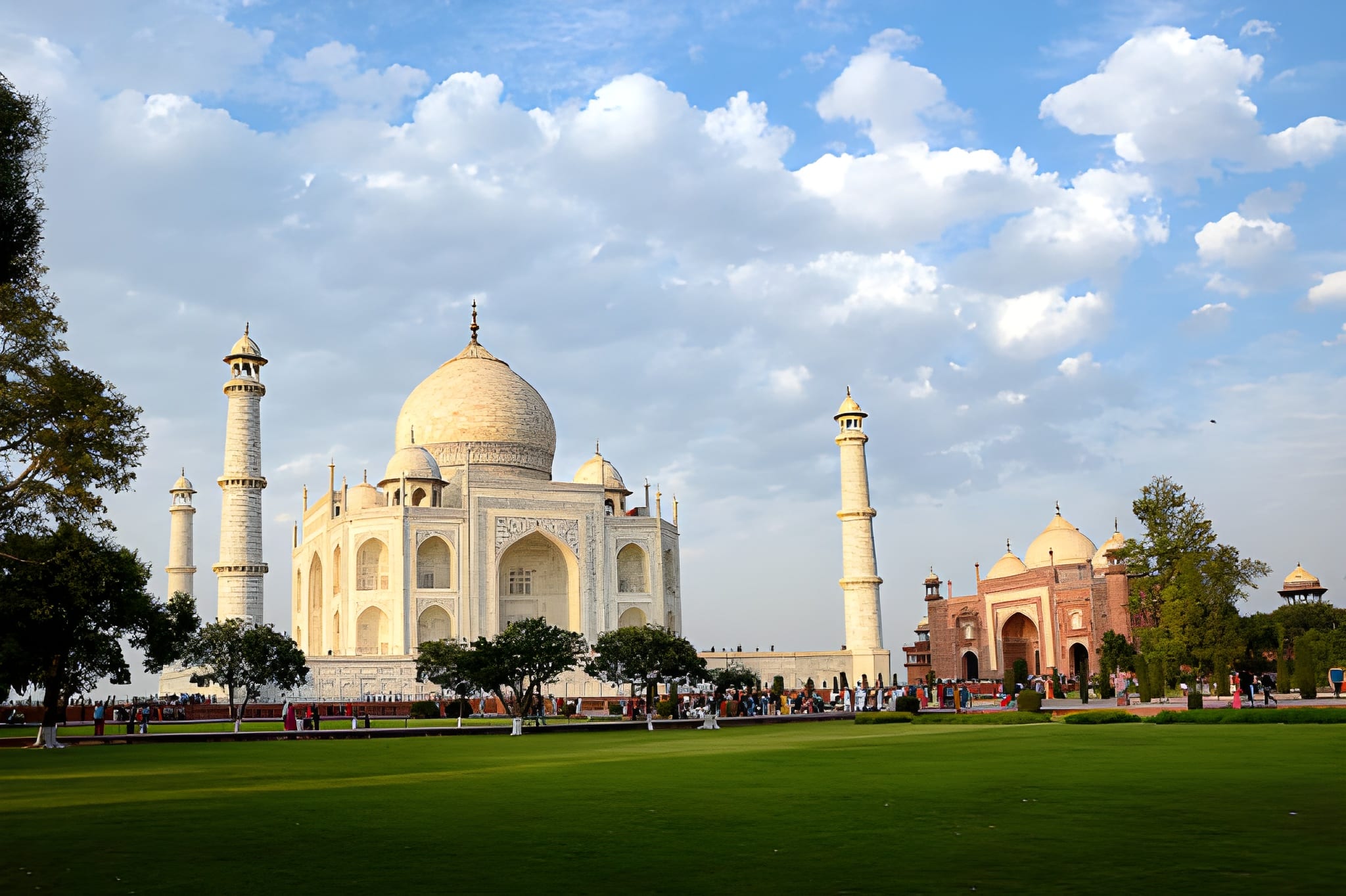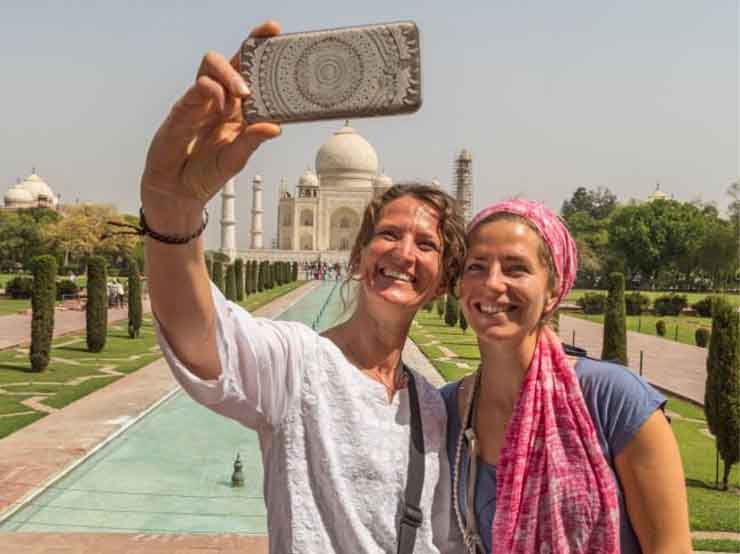The Taj Mahal isn’t just a symbol of love — it’s also a global model for how to protect heritage while keeping millions of visitors safe. Each year, travelers from around the world walk through its marble gates, and every visit reflects a balance between preservation and modern security.
A Legacy Worth Protecting
Emperor Shah Jahan built the Taj Mahal in the 17th century as a tribute to his wife, Mumtaz Mahal. More than 350 years later, the monument continues to inspire awe. But with time, pollution, and heavy tourism, its caretakers must work constantly to protect its structure and spirit. The Archaeological Survey of India (ASI) leads this mission, combining tradition with technology to safeguard the monument every day.
Strong Security for a Safe Experience
Authorities at the Taj Mahal use multiple layers of security to keep visitors safe. Metal detectors, baggage scanners, and high-definition CCTV cameras monitor every entry point. Trained security teams stay on-site around the clock, ready to assist or respond quickly if needed.
Visitors go through efficient entry checks that maintain both safety and convenience. Security personnel also manage crowd flow to prevent congestion inside the complex. By limiting daily entry, the site remains comfortable and safe for everyone.
Protecting the Taj’s Beauty
Preserving the Taj Mahal’s white marble requires care and innovation. To keep its glow intact, the ASI regularly applies a special clay treatment made from “Multani Mitti” (Fuller’s Earth), which gently cleans the marble without using chemicals.
To fight pollution, the government established the Taj Trapezium Zone, where only eco-friendly vehicles can operate near the site. Visitors can use battery-powered shuttles or walk short distances to reach the entrance, helping to maintain clean air around the monument.
Balancing Tourism and Preservation
Managing millions of guests while protecting a centuries-old structure takes careful coordination. Timed tickets, guided routes, and clear visitor rules ensure smooth movement through the site. Tour guides and signage remind visitors not to touch the marble, avoid littering, and respect quiet areas inside the mausoleum.
These steps allow visitors to enjoy a meaningful experience while keeping the monument safe from physical and environmental damage.
Plan Your Visit Responsibly
A trip to the Taj Mahal is more than a photo opportunity — it’s a chance to connect with history. To make your visit seamless, book your tickets in advance and arrive early to enjoy cooler temperatures and smaller crowds.
Reserve your spot easily on Ticketstajmahal.com — the trusted platform for official Taj Mahal tickets. Online booking shortens wait times, guarantees entry, and supports ongoing preservation and safety programs at the monument.
Conclusion
The Taj Mahal continues to shine as both a symbol of love and a success story of responsible tourism. Its guardians balance safety and conservation so that future generations can experience its magic.
When you visit, you don’t just witness history — you help protect it.
Book your tickets today at Ticketstajmahal.com and explore the Taj Mahal with confidence and care.










Comment (0)